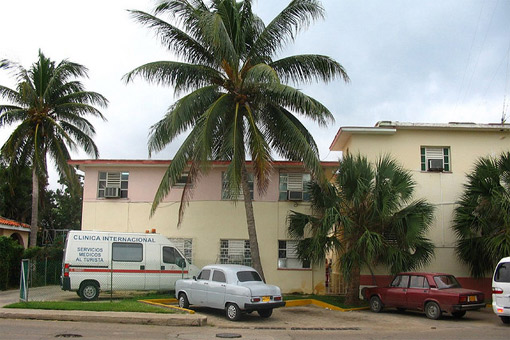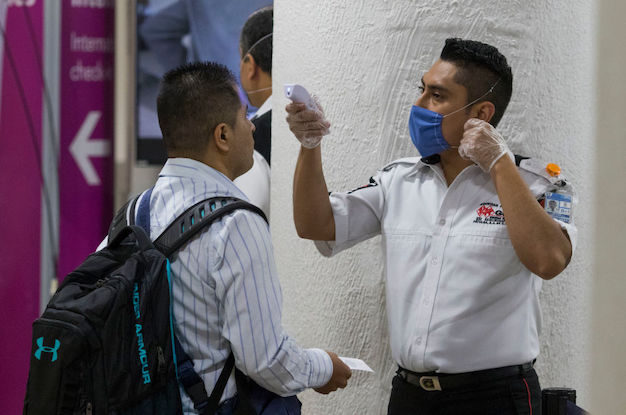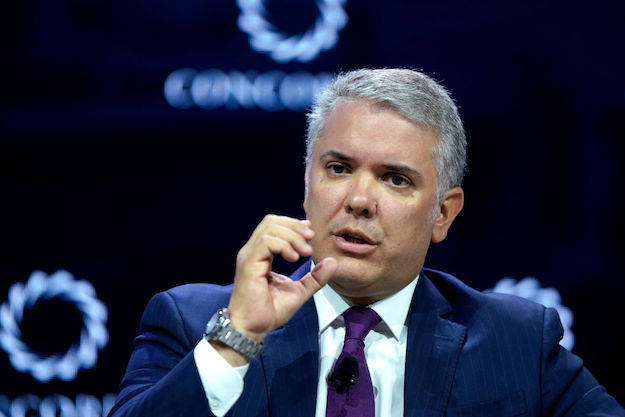Almost five months ago, the Cuban government announced the end of a cholera outbreak in eastern Cuba. At the time, Cuba’s Public Health Ministry blamed the three deaths and 417 cases on overflowing toilets, heavy rains and contaminated wells. According to the government, thanks to its prompt reaction and the quality of the country’s public health system, the crisis ended quickly.
Just recently, on January 15, the Cuban government announced that there were “only” 51 new cases—this time in Havana.
International and independent media on the island had already reported the outbreak, with independent media doing so months ago. On January 13, the BBC reported a “cholera fear in Cuba as officials keep silent.” Likely prompted by the international attention, the next day the government published an Information Notice to the Population saying it had detected “an increase in serious diarrhea…with symptoms that lead to the suspicion of cholera.”
Lest anyone become concerned, however, the government stated in the notice that it had everything under control and an “anti-cholera plan…was immediately activated” in which the government has “all the means and resources needed.” The Information Notice offered no additional details other than to say that “due to the measures already taken, the outbreak is on its way to extinction.”
International news reports, however, belied the Cuban government’s claims. The January 13 BBC story reported that one known death had occurred “in one of the poorer and more overcrowded districts of Cuba’s capital” and that “there are increasing signs” of more cases. “Suspected cases are being sent to the Tropical Medicine Institute…All our wards are dealing with this issue—they are almost full,” an Institute employee told the BBC.
As a result of their own independent assessments, both the British Embassy and the American mission in Havana issued travel advisories earlier this week, and other embassies told the Associated Press that they were considering doing the same. The diplomats told AP they “have been concerned that the government is not sharing information with them in a timely manner”
An AP report that appeared in The Miami Herald on January 15 explained that “Cholera is a waterborne disease caused by a bacteria found in tainted water or food. It can kill within hours” and said that “it was unclear why a new outbreak was being seen in Havana. Rains, which can help spread the disease, are common in January, but the weather has been unusually dry this year.”
Blame Game
To blame the weather (as well as the United States) for all of Cuba’s misfortunes is a common practice of the Cuban authorities. Years ago, Havana claimed the United States was responsible for starting epidemics, and even a tobacco plague, years ago, but when Washington demanded proof they had nothing to show. What the repeated outbreaks and the Cuban government’s efforts to conceal them show is that the much-heralded Cuban public health system is a great sham. The regime makes a great show of sending its medical personnel abroad to countries like Venezuela and Bolivia, while closing a number of clinics and hospitals at home and sending doctors who disagree to prison.
Moreover, the persistence of cholera is also laying bear the sorry state of Cuban infrastructure, much of which has not been updated since before the revolution. Unfortunately, the international media has failed to make the connection between the disastrous conditions of Havana’s—and other cities—water and sewage systems and the cholera outbreak, as they would if they were reporting in Haiti or another country. But the truth is that thousands of Havaneros do not have access to running water, a service long since cut off to the homes of many ordinary citizens. Instead, they must patiently wait in line for the government trucks that are supposed to regularly distribute water (but rarely do) for drinking, washing and cleaning.
Today, the government insists that the tourists are fine because they all can have bottle water. But what does that mean for the country’s own citizens?
With a population more than twice what it had in 1959, Havana still depends on the same outdated water systems: its aqueduct, pumps and pipes have served the city since before the Castros came to power. Nationally, more than half of the water supply is lost due to leaks and improper maintenance, according to Cuba’s Institute of Hydraulic Resources. The government’s response? It recommends that Cubans dig their own wells for potable water.
There is also the problem of Cuba’s outdated and short-changed sewer system. The lack of maintenance of the country’s creaky system for safely disposing of human waste is made worse by pipes that dump untreated sewage directly into streams and on to shores close to populated areas. Shoreline pollution is exacerbated by official corruption and the pilfering of pipes, which results in the pollution spreading farther on land.
A Story Foretold
Months ago, dissident journalists reported several deaths attributed to cholera in neighborhoods south of Havana. The epidemic began hundreds of miles away in the city of Manzanillo, but there have been cases in other provinces.
Cuban authorities tried to blame the self-employed for the cholera and responded by prohibiting the sale of lemonade and other fruit drinks. There have been reports of closing of schools. Visitors are not allowed to visit cholera patients at various hospitals. And there are shortages of soap and cleaning products, which often can only be purchased at hard currency stores. But the majority of the population has no dollars.
Tragically, in the absence of real information and honesty on the part of the government, the only way Cubans learn about the situation and how to protect themselves is from independent media and civil society. Last summer, during the outbreak in the eastern provinces, Raúl Castro complained that dissidents and the foreign media had exaggerated the crisis. But without the independent journalists, Cubans working in the government hospitals who talk to them and foreign correspondents, the government would have been successful in covering up the epidemic.
Last Sunday, Cubans attending a number of churches were told to pay special attention to water and hygiene. But this is easier said than done: typically, three generations are forced to share a single small house or apartment. In this case, as in others, Cubans learn about developments on the island by listening to foreign broadcasts from South Florida, Dominican Republic and Colombia.
The Castro brothers, like other totalitarian rulers, rewrite history on a regular basis. But while the regime boasts about Cuba being a medical superpower Cubans continue to die of a nineteenth-century disease. The last recorded cholera epidemic in Havana took place in 1883.







